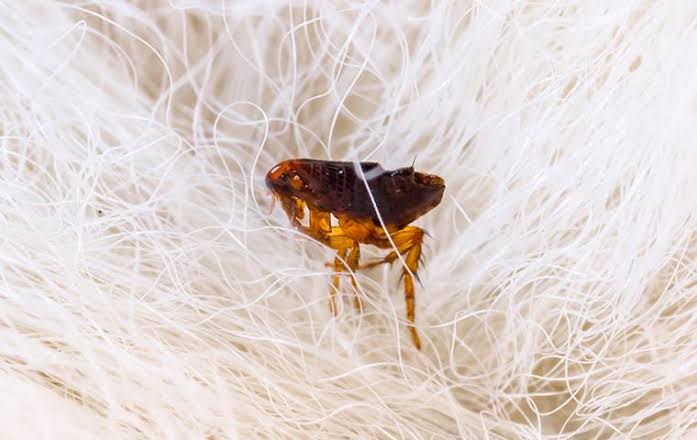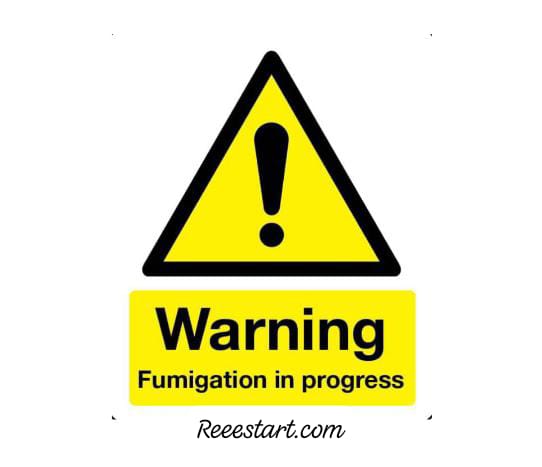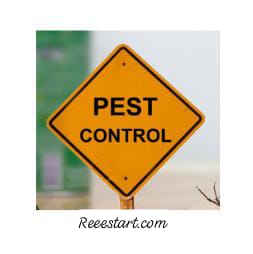Today, we will focus on Flea prevention to enjoy your home free of annoying pests, Fleas scientifically known as Siphonaptera, are tiny, wingless parasites that survive by feeding on the blood of various warm-blooded animals. Their feeding habits are specific to different species, and they have the ability to transmit diseases to their hosts. While commonly associated with pets, particularly cats and dogs, fleas can also bite humans and are known as the primary carriers of the bubonic plague, a deadly infectious disease.
Effective Flea Prevention Methods
- Regular Grooming, Brushing your pet’s coat helps remove fleas and eggs.
- Vacuuming, Regularly vacuuming your home, especially carpets and furniture, helps eliminate flea eggs and larvae.
- Washing Pet Bedding, Wash your pet’s bedding in hot water to kill fleas and their eggs.
- Flea Prevention Products, Consult with your veterinarian to choose the best flea prevention product for your pet. Options include:
How flea can find their wayinto home?
These troublesome pests can find their way into homes not only through infested pets but also by hitching a ride on wild animals like raccoons or skunks.
- The cat flea, one of the most prevalent species, is notorious for targeting cats, dogs, and even humans.
- In cases of suspected infestations, it is advisable to seek professional assistance for effective flea extermination.
Important information about Flea
- Appearance-wise, fleas are typically small in size, ranging from 1/12 to 1/6 inch in length, and are commonly dark red or brown in color.
- They have a flat body structure with two antennae and six legs.
- Despite lacking wings, their powerful hind legs enable them to jump considerable distances.
- Adult fleas are equipped with backward-pointing bristles, aiding in their swift movement through fur, hair, and feathers.
Flea’ s feeding habits
When it comes to feeding habits, fleas are not selective and will bite both pets and humans.
- Their bites often result in small, painful red bumps accompanied by itching and a characteristic halo around the bite site.
- Unlike mosquito bites, flea bites tend to be smaller and form in clusters of three or four or in straight lines.
- Humans commonly experience bites around the ankles, legs, waist, groin, armpits, and skin folds of the elbows and knees.
- Flea saliva can trigger flea allergy dermatitis in pets and cause similar allergic reactions in humans.
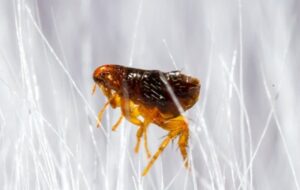
Flea bites
Although flea bites may resolve on their own without medical intervention, addressing the underlying infestation is crucial to prevent further biting incidents. Signs of a flea infestation include scratching, hair loss, red bumps, and the presence of small black specks, which are often flea feces, scattered in pet beds, carpets, and rugs.
Flea larvae, harder to detect, are usually found in concealed areas such as behind furniture or in floor crevices. To address a suspected infestation, it is recommended to seek the services of a flea control professional.
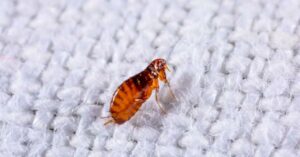
Flea Prevetion and Control
Effective flea control is an ongoing battle due to the flea lifecycle, which may require weeks or months to completely eradicate the infestation.
- Treating pets promptly, combing them to remove fleas, and bathing them with suitable flea treatments are crucial steps.
- Veterinary assistance may be necessary for persistent symptoms in pets.
- To prevent reinfestation, practice preventative measures like keeping pets on leashes outdoors, regular bathing, and grooming.
- Maintaining a clean indoor environment through frequent cleaning, vacuuming, and laundering of bed linens helps in reducing flea populations and prevents egg deposition.
- In severe infestations, steam cleaning to eradicate eggs or hiring a professional flea exterminator may be necessary.
- Outdoors, ensure well-groomed lawns as fleas prefer tall grass for hiding. Eliminate rodent habitats like overgrown trees or shrubs, as fleas often travel through rodents.
In case of suspicion of a flea infestation, seeking assistance from a licensed pest control professional is crucial for effective and efficient flea control measures.

